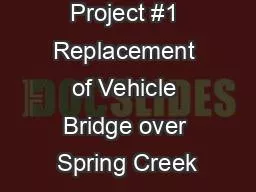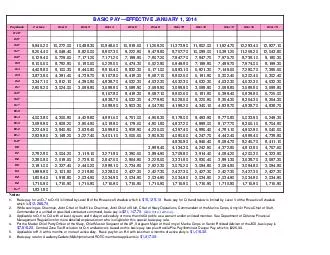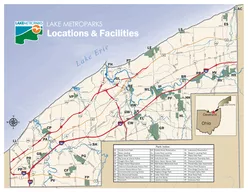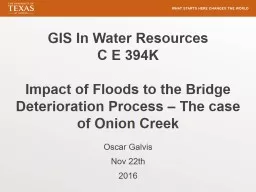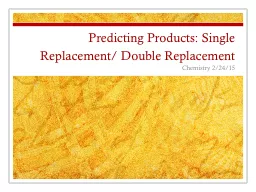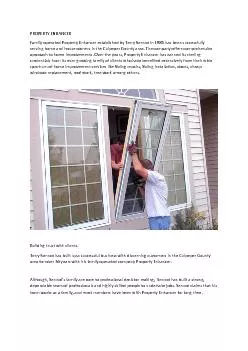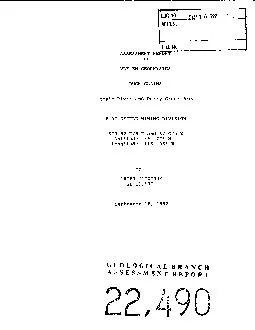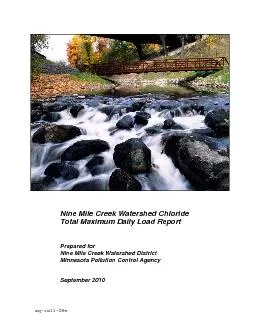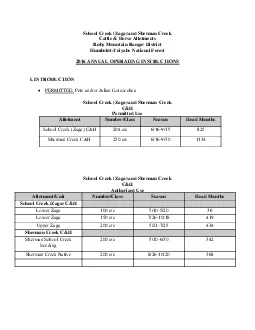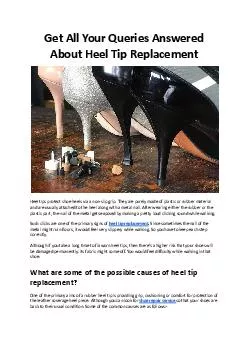PPT-Design Project #1 Replacement of Vehicle Bridge over Spring Creek
Author : nonhurmer | Published Date : 2020-10-22
Centre County PA Introduction to Engineering Design EDGSN 100 Section 001 Fig Neutrons Design Team 1 Gavin Oswald Jude Lampman Leah Kiner Derek Shuman Presented
Presentation Embed Code
Download Presentation
Download Presentation The PPT/PDF document "Design Project #1 Replacement of Vehicle..." is the property of its rightful owner. Permission is granted to download and print the materials on this website for personal, non-commercial use only, and to display it on your personal computer provided you do not modify the materials and that you retain all copyright notices contained in the materials. By downloading content from our website, you accept the terms of this agreement.
Design Project #1 Replacement of Vehicle Bridge over Spring Creek: Transcript
Download Rules Of Document
"Design Project #1 Replacement of Vehicle Bridge over Spring Creek"The content belongs to its owner. You may download and print it for personal use, without modification, and keep all copyright notices. By downloading, you agree to these terms.
Related Documents

